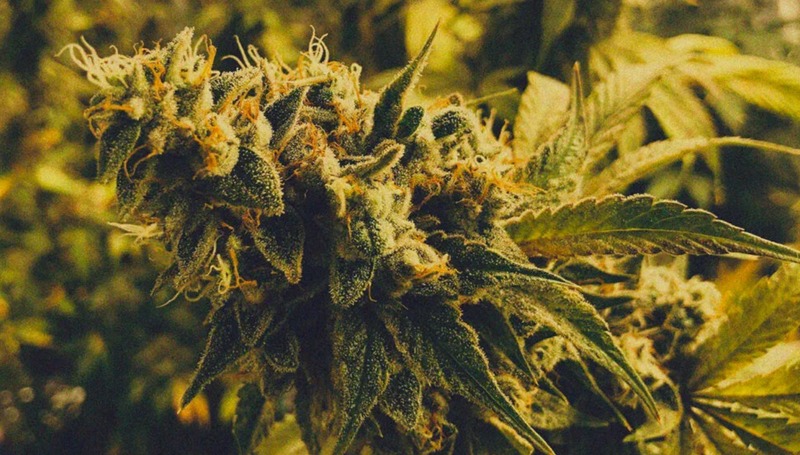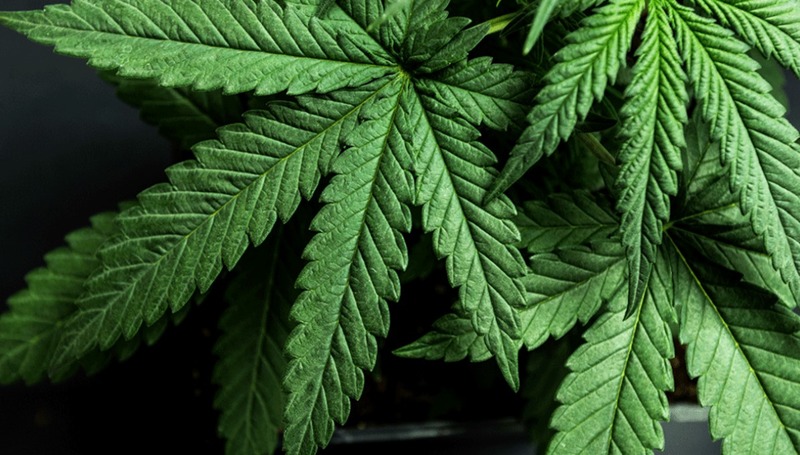What is Cannabis?
Cannabis is a psychoactive drug derived from Indian hemp plants, such as Cannabis sativa and Cannabis indica. THC (delta-9 tetrahydrocannabinol) is the primary active component in cannabis.
Cannabis is a depressant. A depressant isn’t necessarily linked to feelings of depression. Rather, they slow down the transmission of messages between the brain and the body. When large quantities of cannabis are ingested, it may induce psychedelic side effects.
What Does Cannabis Look Like?
Cannabis leaves are bright green and have a unique form with five or seven leaflets. A sticky resin covers the blooming tops and upper leaves.
THC and other active components are used to create psychoactive (mind and mood-altering) effects in cannabis. The chemical in cannabis that makes you feel “high” is THC. Marijuana, hashish, and hash oil are the three primary forms of psychoactive cannabis.

Cannabis is the most common and least potent type of cannabis. Marijuana is made up of the dried leaves and flowers from the plant.
Hash (also known as “hash”) is the concentrated form of cannabis resin, which is usually in the shape of a tiny brick. Hashish has a higher amount of THC than marijuana, resulting in more powerful effects.
Cannabis hash oil is a thick, black, or golden brown liquid that is extracted from the cannabis plant. Hash oil is the most potent form of cannabis.
How and Why Is It Used?
The different forms of cannabis are used in different ways:
- Marijuana is smoked in hand-rolled cigarettes (joints), or in a pipe (a bong).
- Hashish is usually added to tobacco and smoked, or baked and eaten in foods such as hash cookies.
- Hash oil is usually spread on the tip or paper of a cigarette and then smoked.
Cannabis and hash can also be vaporized. Vaporisers heat cannabis to temperatures that release its active components while minimizing the toxins produced by burning.
The cannabinoids are absorbed into the circulation via the walls of the lungs (if smoked) or stomach and intestine walls (if eaten). The bloodstream transports THC to the brain, resulting in “high” effects. Drugs inhaled have a quicker transit time than those ingested. As a result, when cannabis is consumed, its benefits show up faster than when it is inhaled.
Overview
Cannabis, or hemp, is a herbal medicine. It includes chemicals called cannabinoids, including delta-9-tetrahydrocannabinol (THC) and cannabidiol (CBD).
Cannabinoids are chemicals naturally produced in the body that bind to specific receptors on the brain and nerve cells. There are over 100 cannabinoids in cannabis, but THC and CBD are the most extensively researched. Cannabinizes exist in greatest concentration in the plant’s leaves and flowers.
Cannabis is a popular recreational drug. Cannabis is also used to treat multiple sclerosis (MS) and nerve pain. It’s also been utilized for nausea, vomiting, headaches, and a variety of other problems, but there’s no scientific evidence to back it up. There’s also no scientific proof supporting the usage of cannabis for COVID-19.
Hemp and cannabis are not the same thing. THC is present in significantly lower amounts in hemp than cannabis, according to legal criteria. Cannabinoids found in both hemp and cannabis include CBD, cannabidivarin (CBDV), cannabigerol (CBG), and others. In the United States, it is illegal under federal law to cultivate or possess Cannabis sativa L. It’s classified as a Schedule I controlled substance by the DEA. However, some states have legalized or decriminalized recreational use of marijuana.
What’s the Definition of Cannabis?
Cannabis is a term that refers to three plants with psychoactive effects known as Cannabis sativa, Cannabis indica, and Cannabis ruderalis. When the flowers of these plants are picked and dried, you’ve got one of the world’s most prevalent drugs. Weed, pot, and marijuana are some names for it.
As marijuana becomes legal in more places, its names are changing. Today, many individuals prefer the term cannabis to refer to weed. Some believe it is a more neutral term than terms like weed or pot, which some people connect with its illicit use. In addition, due to its racist history, the phrase “marijuana” is becoming less popular.
Cannabis is often consumed for its relaxing and soothing effects. It’s also used to treat a variety of medical problems, including chronic pain, glaucoma, and lack of appetite, in a number of American states. Keep in mind that while cannabis comes from a plant and is natural, it can still produce powerful sensations both good and bad.
What are the Long-Term Effects of Cannabis?
Cannabis’s long-term effects are still being studied by experts. There’s a lot of conflicting information on this subject, and many of the current studies have only evaluated animals. Many more substantial, long-term research in humans are required to fully comprehend the consequences of cannabis use.
Brain development
According to this study, individuals who begin using cannabis in their teens are more likely to have memory and learning issues than those who do not use the drug. However, it’s unclear if these effects are long-lasting.
People who start using marijuana before age 19 are more likely to develop mental health problems, such as schizophrenia, later in life. However, experts aren’t sure how significant this connection is.
Dependence
Cannabis addiction is possible for some individuals. Other people, on the other hand, develop cannabis withdrawal symptoms when they do not use it, such as irritability, loss of appetite, and mood swings.
According to the National Institute on Drug Abuse, teenagers who begin using cannabis before the age of 18 are four to seven times more likely to develop a cannabis use disorder than those who start using it after 18.
Respiratory problems
Cannabis smoking has the same health hazards as tobacco smoking. This might be due to airway inflammation and irritation.
Cannabis has been linked to bronchitis and is a risk factor for chronic obstructive pulmonary disease (COPD). However, recent studiesTrusted Source have revealed little evidence of a connection between cannabis use and lung cancer. In this area, further study is required.
